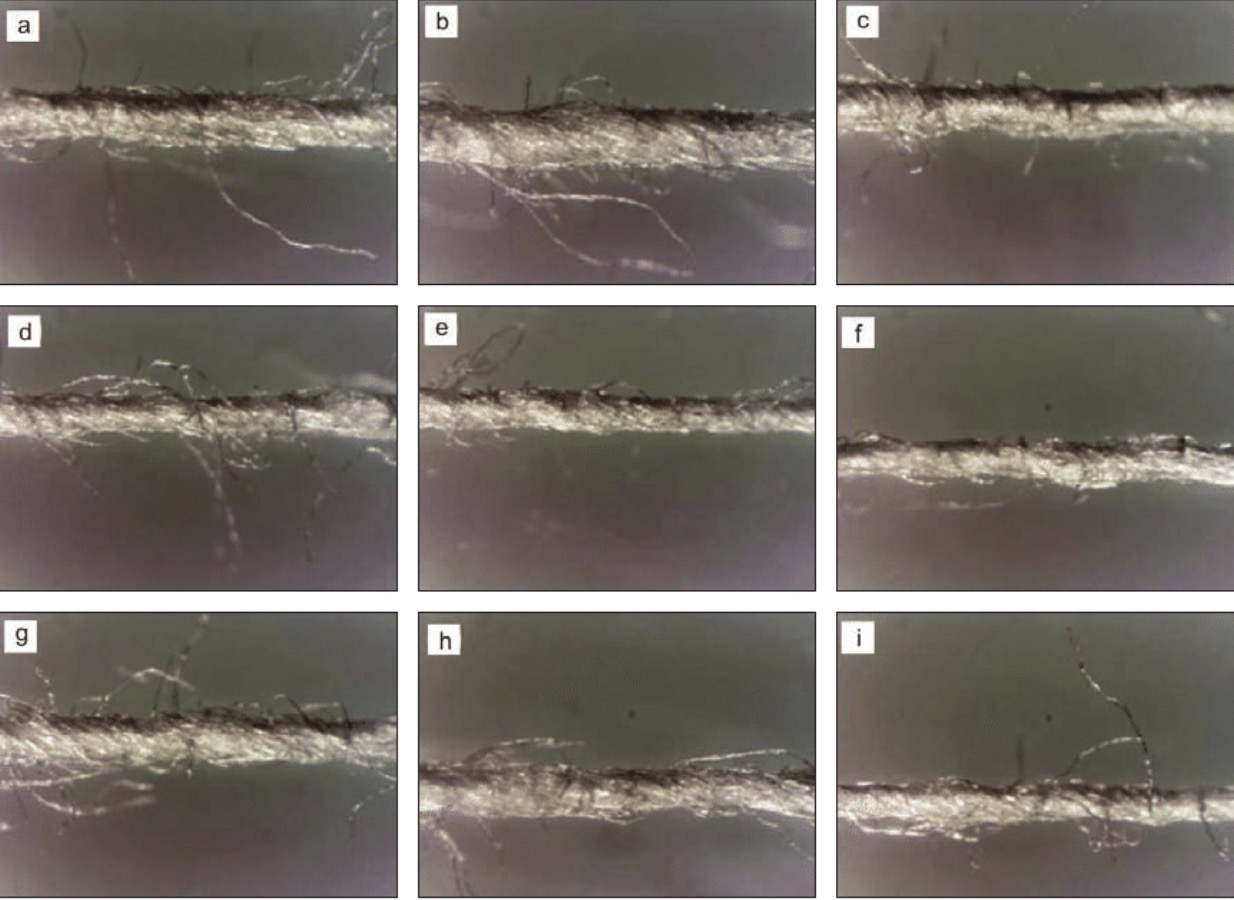Понимание джинсовой ткани: от количества пряжи до производства

Введение в джинсовую ткань
Denim is more than just a fabric—it’s a lifestyle, a statement, and a cornerstone of fashion. But have you ever wondered what denim fabric is made of или как делают деним? In this post, we’ll dive into the fascinating world of denim, exploring its composition, the role of yarn count, and the production process that brings this iconic material to life.
Из чего сделана джинсовая ткань?
At its core, denim is typically made from cotton, though modern variations may include blends with polyester or elastane for added stretch (think эластичная джинсовая ткань). The magic of denim lies in its weave—a sturdy twill construction where the warp yarns (usually dyed indigo) pass over two or more weft yarns (often left undyed), creating that classic diagonal pattern. This durability and texture make denim a favorite for jeans, jackets, and even denim fabric upholstery.

Полотняное переплетение
The Role of Yarn Count in Denim
One lesser-known aspect of denim is yarn count, a measure of yarn thickness defined by mass per unit length. In the spinning industry, this is expressed as the English cotton count, or ‘Ne.’ The higher the Ne number, the finer the yarn. For denim, yarn counts typically range from Ne 4 (thicker, heavier yarns) to Ne 20 (finer yarns), though ultra-fine yarns can reach Ne 200.
When you see denim labeled as “7×7” or “6×6,” it refers to the yarn count of the warp and weft yarns, respectively. A lower count like Ne 4 results in heavy denim fabric, perfect for rugged jeans, while a higher count like Ne 20 creates легкая джинсовая ткань, ideal for shirts or summer dresses. Brands rarely advertise yarn count, but it’s a key factor in denim’s feel and durability.

Образцы пряжи, спряденные в разных количествах и при разном давлении сопла
How is Denim Made? The Spinning Process
The journey of denim begins in the spinning department. Here’s a simplified breakdown:
- Cotton Preparation: Raw cotton is cleaned and carded into slivers—long, rope-like strands.
- Спиннинг: These slivers are spun into yarn using ring spinning, a traditional method that produces strong, consistent threads ideal for denim. The yarn count is determined at this stage.
- Окрашивание: Warp yarns are dyed (usually indigo), while weft yarns often remain natural.
- Плетение: The dyed warp and undyed weft are woven into the twill structure on looms.
This process explains why denim has its signature blue-and-white look and robust feel, whether it’s sold as джинсовая ткань по ярдам or finished garments.
Why Yarn Count Matters
Choosing the right yarn count affects more than just weight—it influences comfort, durability, and style. For example:
- Heavy Denim (Ne 4–10): Great for structured jackets or vintage-style jeans.
- Light Denim (Ne 12–20): Perfect for softer, breathable pieces like skirts or джинсовая ткань на продажу in creative projects.
Understanding yarn count can help you pick the perfect denim for your next DIY project or purchase.
Заключение
From its cotton roots to the spinning and weaving that define its character, denim fabric is a blend of tradition and innovation. Next time you’re shopping for джинсовая ткань по ярдам or wondering что такое джинсовая ткань, consider the yarn count and craftsmanship behind it.
Want to explore premium denim options? Check out lydenim.com для получения высококачественных тканей или свяжитесь с нами Мэлоун@lydenim.com для индивидуальной консультации!
